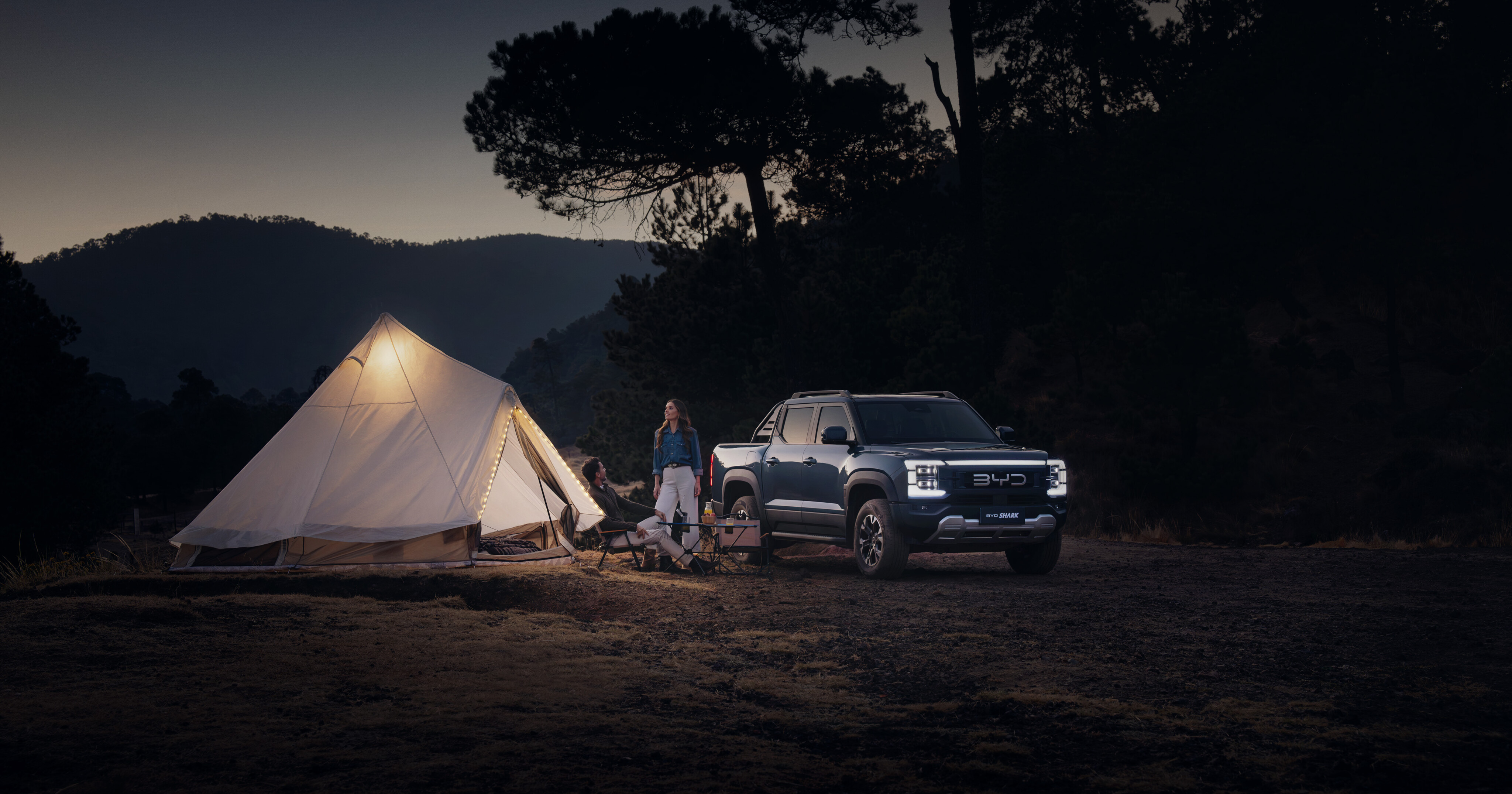
While they are rife in the passenger-car world, the introduction of electric vehicles has been a relatively slow trickle to the 4x4 world.
However, 2025 will bring a swag of electric 4x4s to the local market, particularly the PHEV (Plug-in Hybrid Electric Vehicle) variety. We’ve seen pseudo hybrids like the 48-volt boosted vehicles from Land Rover, Jeep and Toyota, but they don’t offer any real electric driving. More recently we’ve driven the BYD Shark which is a proper PHEV, and soon we’ll have similar vehicles from GWM and Ford… and we can expect a lot more to come.
When it comes to EVs for 4x4 adventuring, PHEVs are the only option that make any sense, and even then it’s limited. Battery Electric Vehicles (BEVs), which have no internal combustion engine back-up, simply do not have the range to travel very far.
A PHEV can switch between EV and ICE motivation; the latest ones use the ICE purely to keep the EV battery charged, with drive to the wheels all coming from electric motors. In this application range shouldn’t be an issue so long as you have access to petrol, diesel or a vehicle charger. So, there is an option for adventurous EV fans.
The bigger problem with 4x4 EVs is the amount of weight they add to a vehicle and the space the systems take up. The battery packs, motors, converters and heavy cabling all add weight, and we all know that weight is the enemy of off-road driving, and we’re already limited by restrictive GVMs that must be adhered to.
At the moment, you’re much better off with huge long range fuel tanks that will carry enough fuel to take you as far as you need to travel than any sort of EV configuration. It’s a different story for city cars but we’re talking 4x4s here, and internal combustion engines are, for now, the only viable solution.
One adventure you’re not going to be taking a BEV on, and one you wouldn’t even want to rely on a PHEV for, is the Canning Stock Route in Western Australia. It’s regarded as one of the longest and most remote tracks in the world, and it’s on the bucket list of most off-road adventurers.
Many years ago, I was on a trip up the CSR in a convoy of Mercedes G-Wagens that all blew out their shock absorbers while crossing the track’s notorious corrugations. The convoy was left stranded for a few days while replacement shocks were flown in from all around Australia.



COMMENTS